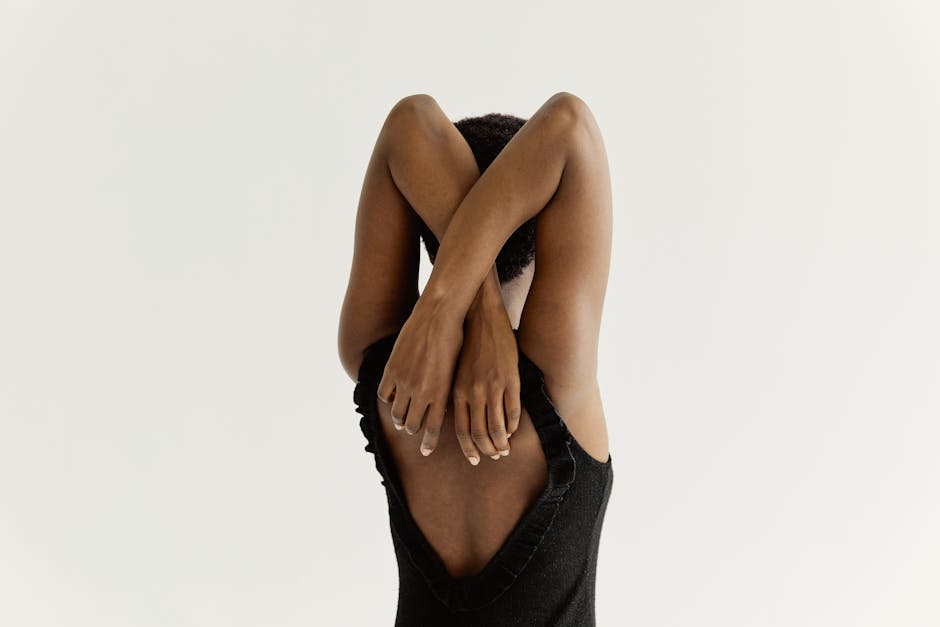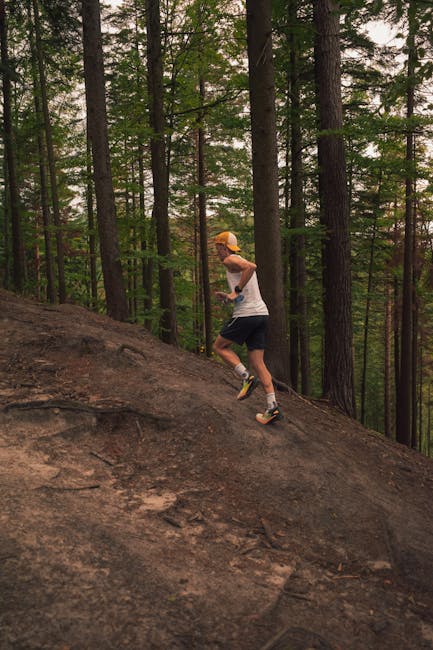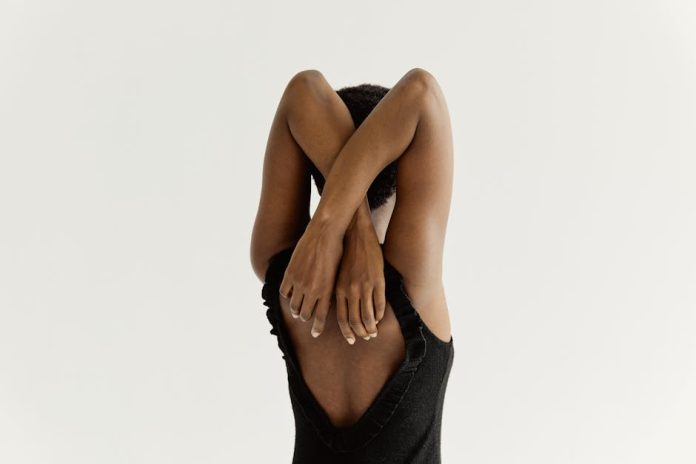
For so long, the word “exercise” felt like a cruel joke. As someone living with chronic illness, the glossy images of high-intensity workouts and daily gym sessions felt utterly unattainable. It was a constant reminder of what my body *couldn’t* do, leading to a vicious cycle of guilt, frustration, and further deconditioning. If you’ve ever felt this way, battling fatigue, pain, and unpredictable flares just to get through the day, you know the unique challenge of movement.
The prevailing narrative around fitness often overlooks the reality of chronic conditions. We’re told to ‘just push through’ or ‘listen to your body,’ but what if pushing through means a week-long crash? What if your body is screaming at you even with minimal effort? I learned the hard way that the conventional approach wasn’t just unhelpful; it was actively harmful to my physical and mental well-being. My journey to reclaim strength wasn’t about pushing harder; it was about reimagining what movement meant entirely.
The Revelation: Redefining Movement and Strength
My turning point came when I stopped trying to fit my body into the mold of conventional exercise and started letting movement fit my body. I realized that ‘strength’ wasn’t just about lifting weights or running miles. It was about functional capacity, energy preservation, and finding sustainable ways to keep my body moving, even on the toughest days. It was about self-compassion, not self-punishment.
Here are the small, gentle steps that helped me find my way back to movement, rebuild my strength, and foster a healthier relationship with my body:
1. Redefine ‘Workout’ – Think Micro-Movements
Forget the 60-minute gym session. My ‘workouts’ became 2-minute stretches while waiting for the kettle to boil, gentle ankle rotations in bed, or marching in place during commercial breaks. Chair exercises, gentle arm movements with light resistance bands, or slow, mindful walks around the block became my allies. Every single micro-movement added up, preventing stiffness and gently engaging muscles without triggering flares.
2. The Power of Pacing: Listening Ruthlessly
This was perhaps the most crucial step. I learned to identify my ‘energy envelope’ – the limited amount of energy I had each day – and stick to it religiously. Instead of doing everything I *could* do, I focused on doing what I *should* do to avoid post-exertional malaise. This meant frequent rests, stopping *before* I felt fatigued, and scheduling movement in short bursts throughout the day rather than one long session. If 5 minutes felt good, I stopped at 5. Tomorrow, maybe 6.
3. Consistency Over Intensity
It’s tempting to try and ‘make up’ for lost time with an intense session when you feel a bit better. This is a trap! Instead, I prioritized daily, gentle consistency. Five minutes of mindful stretching every day is infinitely more beneficial than one hour of intense exercise followed by three days of incapacitation. Small, consistent actions build habits and, eventually, strength.
4. Mindful Movement & Body Scans
Before any movement, I started doing a quick body scan. How was my pain level? My fatigue? Where did I feel stiffness? This allowed me to tailor my movement to that specific moment, rather than rigidly sticking to a plan. Some days, it was just deep breathing. Other days, it was a gentle yoga flow adapted for my chair. This ongoing dialogue with my body prevented overexertion and fostered a deeper sense of self-awareness.
5. Seek Adaptive Resources & Support
I worked with a physiotherapist who understood chronic pain and fatigue, learning modified exercises that supported my body rather than pushing it. Online resources for adaptive yoga, seated Pilates, and gentle stretching routines became invaluable. Finding communities of others with chronic illness who shared their movement journeys provided immense encouragement and practical tips.
6. Celebrate Every Tiny Win
Getting out of bed on a high pain day? Win. Doing three minutes of gentle stretches? Win. Choosing to rest instead of pushing too hard? Also a win. Shifting my mindset to celebrate these small, often invisible victories transformed my relationship with movement. It built confidence and reinforced positive habits, no matter how small they seemed.
More Than Just Physical Gains
The benefits extended far beyond physical strength. Embracing this gentle approach significantly reduced my anxiety surrounding movement, improved my mood, and even helped with brain fog. It gave me a sense of agency and control in a body that often feels unpredictable. I learned to honor my body’s limitations while still gently pushing its boundaries in a compassionate way.
If you’re navigating chronic illness and the seemingly impossible world of exercise, remember this: your journey is unique. There’s no one-size-fits-all solution. Start small. Listen intently to your body. Celebrate the tiniest steps. Reclaiming your strength isn’t about conforming to societal ideals of fitness; it’s about finding sustainable, gentle ways to nurture your body and mind, one mindful movement at a time. You are stronger than you know, and every gentle step counts.

